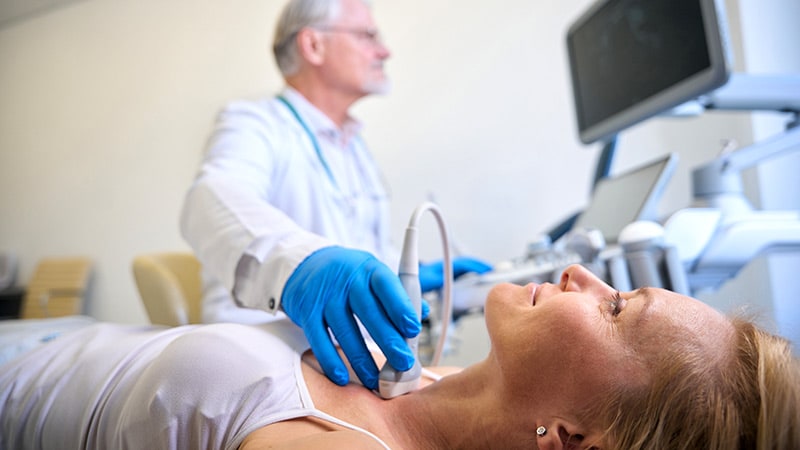AI-Powered Thyroid Ultrasound Analysis System Receives FDA Clearance
The US Food and Drug Administration (FDA) has issued 510(k) clearance to See-Mode Technologies for their AI-based thyroid ultrasound analysis and reporting software. This technology is the first FDA-cleared product that provides both detection and diagnosis for thyroid ultrasound.
The AI software uses single or multinodular thyroid ultrasound images to automatically detect nodules and classify them according to the American College of Radiology's Thyroid Imaging Reporting and Data System (TI-RADS). The system generates a complete worksheet, which the clinician can review and approve before the preliminary impressions are sent to radiology reporting systems.
A multi-reader, multi-case (MRMC) study included in the FDA submission demonstrated that the AI system can improve radiologist performance in nodule localization, characterization, and TI-RADS level agreement, leading to better differentiation between benign and malignant thyroid nodules. The technology aims to reduce reporting time and inter-operator variability in thyroid ultrasound interpretation.
Due to existing Current Procedural Terminology codes for the use of AI in thyroid ultrasound analysis, the system also provides improved reimbursement opportunities.
요약 맞춤 설정
AI로 다시 쓰기
인용 생성
소스 번역
다른 언어로
마인드맵 생성
소스 콘텐츠 기반
소스 방문
www.medscape.com
FDA Clears AI-Powered Thyroid Ultrasound Analysis System
핵심 통찰 요약
by Nancy A. Mel... 게시일 www.medscape.com 09-23-2024
https://www.medscape.com/viewarticle/fda-clears-ai-powered-thyroid-ultrasound-analysis-system-2024a1000h8o
더 깊은 질문
